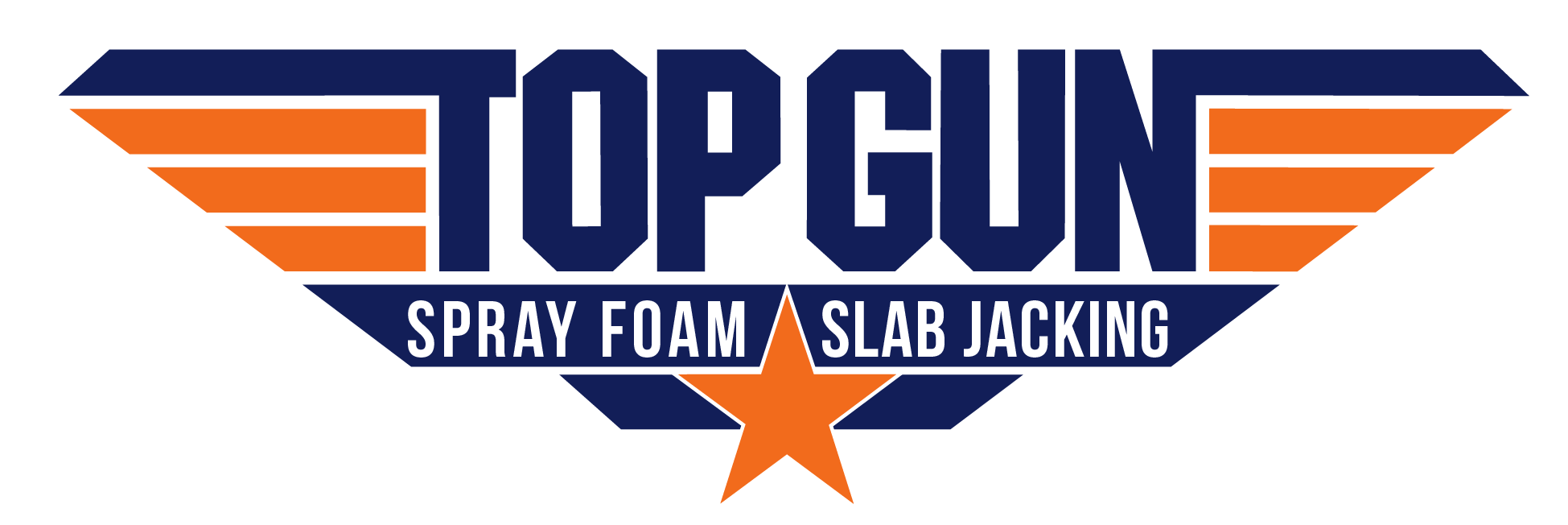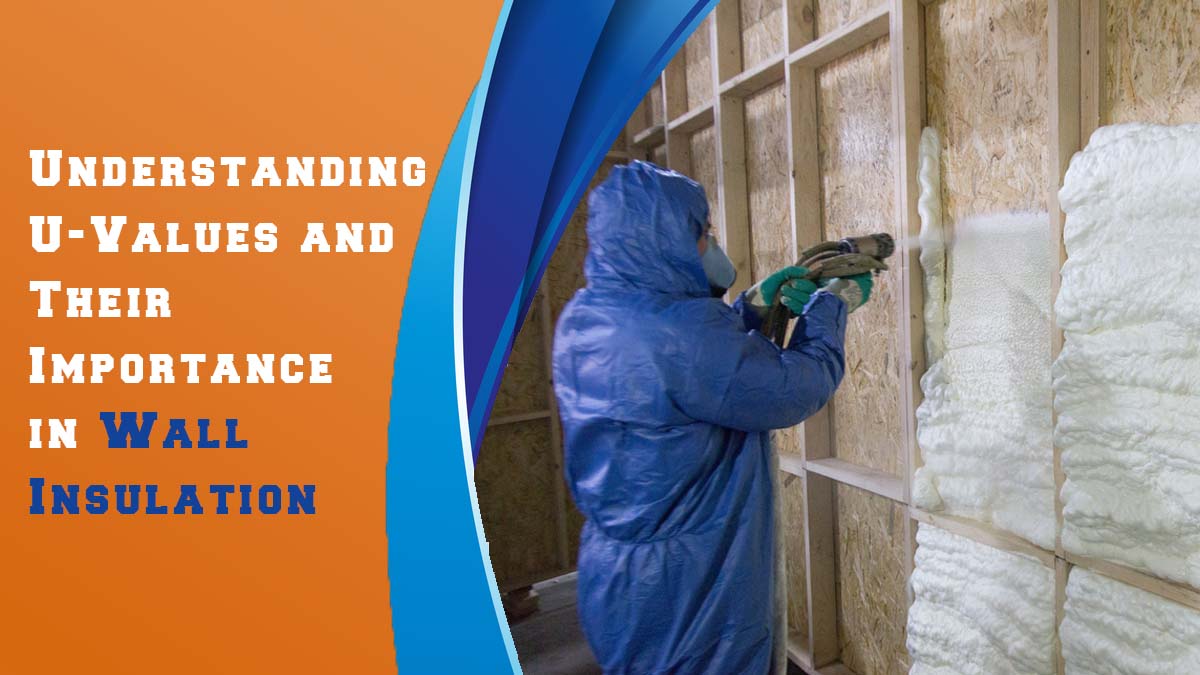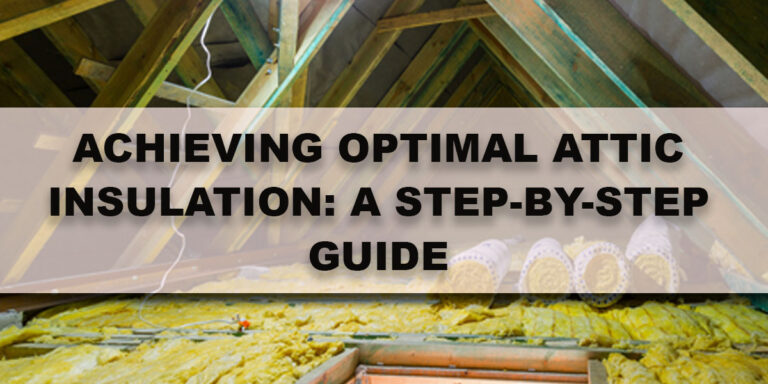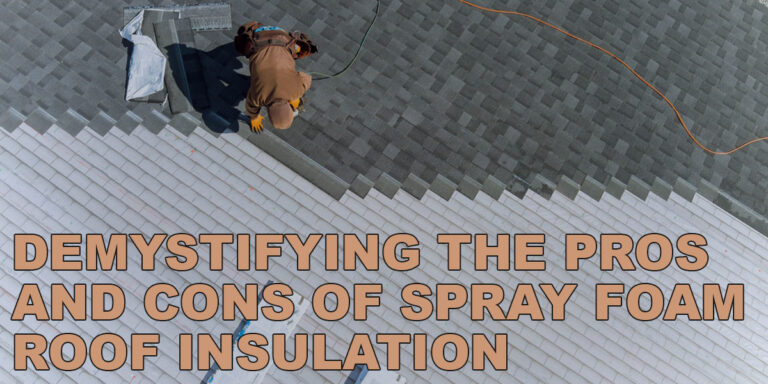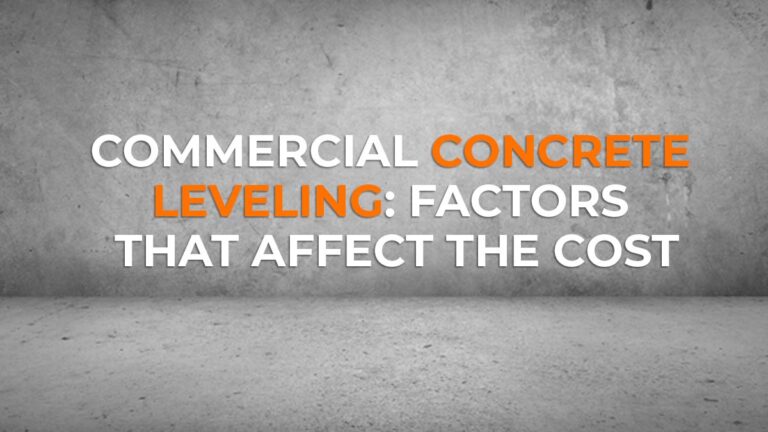Understanding U-Values and Their Importance in Wall Insulation
Have you ever wondered why some buildings stay warm in winter and cool in summer without excessive energy consumption? The energy efficiency of buildings relies heavily on proper insulation, particularly in walls, to promote sustainable living in today’s world. Understanding U-values is essential when it comes to wall insulation. U-values are a critical measurement that determines the thermal efficiency of a building and plays a crucial role in maintaining comfortable temperatures while minimizing energy consumption. This article will explore the significance of U-values in insulating walls and discuss practical strategies to optimize building energy efficiency. Let’s begin our journey into this important topic!
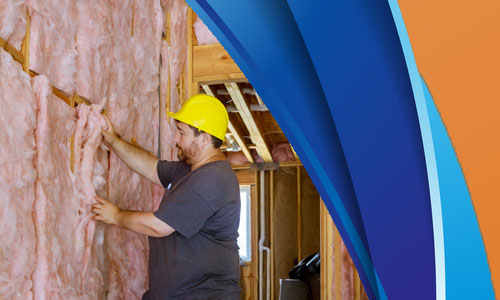
Understanding U-Values: The Basics
To comprehend the importance of U-values in wall insulation, we must first understand what they represent. U-values, also known as thermal transmittance, measure the rate of heat loss through a material or assembly, such as a wall. They indicate how effectively a material can resist heat flow, with lower U-values signifying better insulation. In simpler terms, the lower the U-value, the more energy-efficient the wall.

The Significance of U-Values in Wall Insulation
Now that we grasp the U-values’ essence, let’s explore why they are vital in wall insulation. Adequate insulation helps maintain a comfortable indoor temperature while reducing the need for excessive heating or cooling. By understanding U-values, we can make informed decisions when selecting insulation materials, ensuring optimal energy efficiency and cost savings. Here are a few reasons why U-values matter:
1. Reduced Heat Loss
Walls with lower U-values, which indicate their thermal conductivity, are effective in minimizing heat loss from a building. During colder months, these well-insulated walls prevent the escape of warmth from the interior, creating a more comfortable environment. It enhances comfort for the occupants and offers practical benefits by reducing the need for constant heating. As a result, the energy consumption for heating decreases, leading to lower energy bills and increased cost savings for the building owner or occupants.
2. Improved Energy Efficiency
Giving attention to U-values during wall insulation is pivotal for enhancing the overall energy efficiency of a structure. Buildings can contribute to a more environmentally friendly approach by reducing the energy consumption for heating and cooling processes. Likewise, by utilizing insulation materials with lower U-values, the thermal performance of the walls improves, minimizing heat transfer between the interior and exterior. It reduces the demand for heating and cooling systems, resulting in lower energy consumption and decreased greenhouse gas emissions. Improved energy efficiency benefits the environment, helps meet sustainability goals, and reduces reliance on fossil fuels.
3. Condensation Control
Adequate insulation with favorable U-values is essential for preventing condensation issues within walls. Water droplets form when humid air encounters a cold surface, resulting in condensation. In building walls, condensation can cause problems such as dampness, mold growth, and even structural damage. Moreover, using insulation materials with appropriate U-values, the temperature of the wall surface remains closer to the interior temperature, reducing the likelihood of condensation formation. By helping to reduce the risks linked to excessive moisture, this measure contributes to creating a healthier living environment for occupants and safeguarding the structural integrity of the building. Proper condensation control through insulation contributes to maintaining indoor air quality, preventing health issues related to mold or dampness, and preserving the longevity of the building.

Optimizing U-Values for Wall Insulation
Now that we recognize the importance of U-values, it’s time to explore practical ways to optimize wall insulation for maximum energy efficiency. Let’s delve into some strategies:
1. Choosing the Right Insulation Material
When selecting insulation materials, it’s essential to consider their thermal properties. Different materials have varying abilities to resist heat flow. Conducting thorough research and understanding the U-values associated with each fabric is crucial. By choosing insulation materials with low U-values that align with your specific requirements, you can effectively minimize heat loss and improve the energy efficiency of your building.
2. Consider the Wall Construction
The composition and design of walls play a significant role in their insulating capabilities. Professionals should evaluate the existing wall construction to identify areas where they can install additional insulation or make improvements. By assessing the wall’s composition, thickness, and any existing insulation, you can determine the best approach to enhance U-values. This evaluation allows you to identify weak points and add insulation to improve thermal performance, thereby reducing heat transfer and optimizing energy efficiency.
3. Sealing Air Leaks
Even the best insulation materials will not be fully effective if air leaks in the walls. Gaps, cracks, and poorly sealed areas can allow air to infiltrate and escape, compromising the insulation’s performance. Inspecting the walls and thoroughly identifying any air leakage points is crucial. Also, properly sealing these openings can create an airtight barrier and ensure optimal insulation. This step is vital for minimizing heat loss, maintaining consistent temperatures, and maximizing the effectiveness of the insulation materials in achieving desired U-values.
4. Consulting with Experts
Seeking guidance from insulation and energy efficiency professionals can provide valuable insights. Experts in the field can comprehensively assess your building, considering factors such as climate, building type, and specific requirements. They can recommend suitable insulation solutions tailored to your needs, guiding you in optimizing U-values effectively. You can leverage their knowledge and experience to enhance energy efficiency and optimize insulation performance by seeking expert advice and making well-informed decisions.
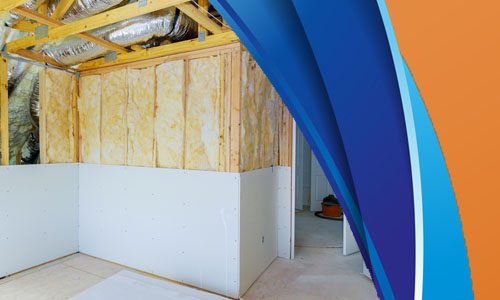
Unlocking the Potential of U-Values
Finally, understanding U-values and their importance in wall insulation is vital for creating energy-efficient and sustainable buildings. Focusing on low U-values can significantly reduce heat loss, improve energy efficiency, and prevent issues such as condensation. Remember to choose suitable insulation materials, consider wall construction, seal air leaks, and seek professional guidance to optimize U-values effectively.
So, when undertaking a building project or renovating your home, remember the importance of U-values in wall insulation in Kansas. By prioritizing energy efficiency and making informed choices, you can create a comfortable and environmentally friendly living space while enjoying the benefits of reduced energy bills. Start your journey towards energy-efficient living today!
